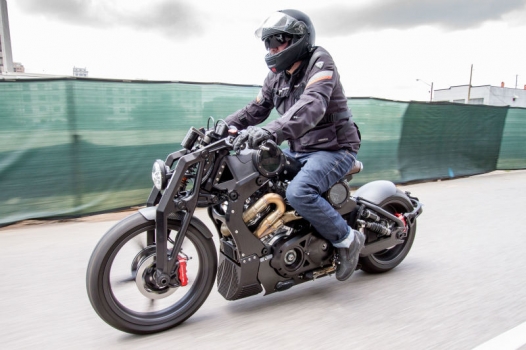
What I Learned Riding A $135,000 Motorcycle
There’s nothing inherently difficult about riding the Confederate P51 Combat Fighter. But the $135,000 price tag that is never too far from your mind as you rev the colossal 2,163 cc V-twin engine. It’s hard to concentrate on much else when you’re repeating a mantra of “Do not drop this bike!” into your helmet.
Blasting through the streets of Birmingham, Alabama, the bike’s drag race-inspired architecture almost begs you to dump the clutch and launch every time a traffic light turns green. But dammit, this is not something you want to screw up.
I guess the only way not to feel nervous riding a $135,000 motorcycle is if you’re actually rich enough to afford it in the first place.
For all that money you get a bike that is nothing if not distinctive. Machined from aircraft-grade aluminum billet, the almost alien-looking P51 Combat is Fighter is 575 pounds of art on wheels. The inner workings of the engine, airbox and fuel tank are exposed by transparent covers. The fat 240mm rear tire is almost as wide as the entire motorcycle.
And even at idle, the noise is... impressive.
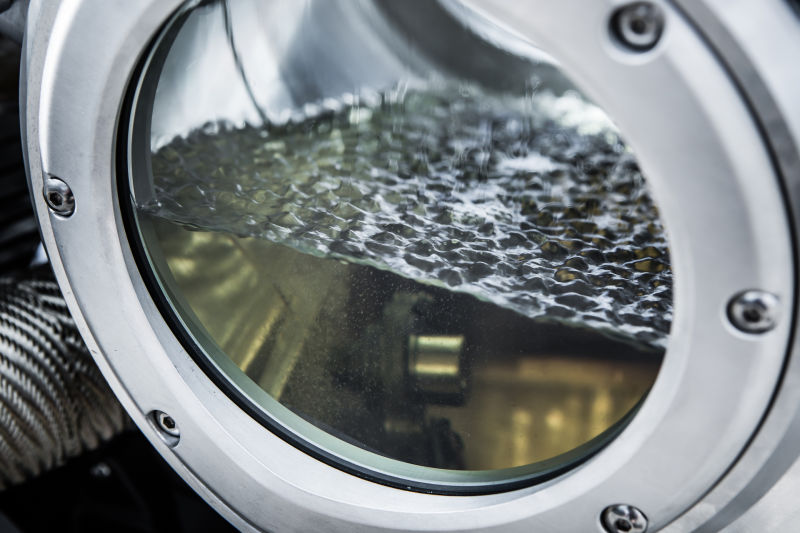
I visited Confederate Motorcycles founder Matt Chambers and designer Jordan Cornille at the company’s Birmingham headquarters, where the outfit relocated to after its original home in New Orleans was ruined by Hurricane Katrina in 2005.
What is it?
“The Fighter is our statement of utter brutality,” explained Chambers.
The Confederate Motorcycles founder is a former attorney who decided to up and get out of the legal world to start his own motorcycle company in 1991. A longtime rider of both sport bikes and cruisers, he wanted to create a new kind of bike.
What he and his team came up with is this elaborate creature of exotic materials unorthodox shapes. It’s definitely not retro, but I’m not sure “futuristic” is applicable either. The P51’s look is simply... unique.
“Part of Confederate was born from fuzing the American muscularity of the big-block twin with the acceleration and the power of what the Japanese had to offer,” Chambers said.
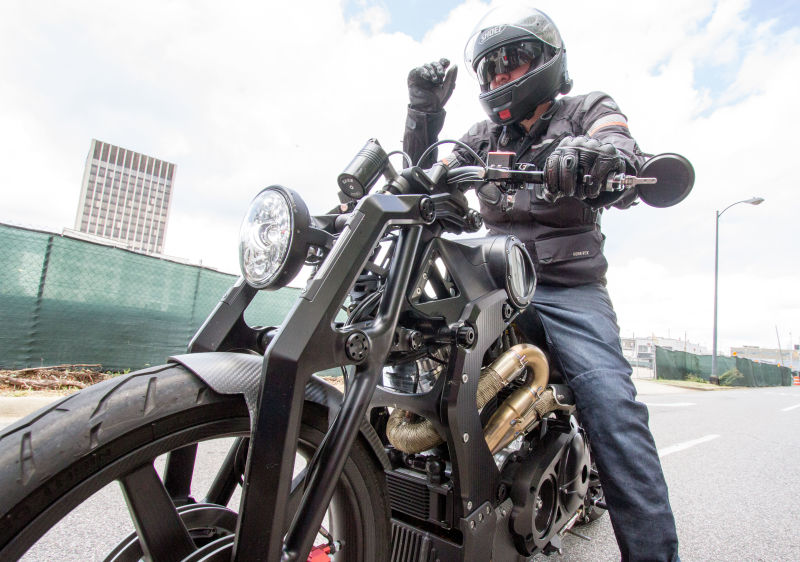
The 56-degree V-twin is 132 cubic inches in old money, delivering 145 horsepower to the wheel at 5,100 RPM. But it’s the 160 lb-ft of torque at just 2,000 RPM that really gets your attention on the road.
Double wishbone parallelogram forks on the 19-inch carbon front wheel flank an adjustable Race Tech monoshock that offers up to 4.35 inches of travel on a hard stop. The super-wide rear wheel is 17 inches.

That configuration apparently got the Combat Fighter to just shy of 165 mph at the Bonneville Salt Flats in slippery conditions.
Dodging a series of intense summer thunderstorms, I didn’t get a chance to really stretch the Fighter’s legs in town. But even around the neighborhood where Confederates are made, the bike drew attention every time I stopped in traffic. Thumbs up from the guys at a construction site, questions from the women who pull alongside at a stoplight. Mostly: “What is that thing?”
The seat of the bike feels like an extension of the rear cylinder of the powerful motor, and the aluminum monocoque makes for a planted ride. Nothing looks like it’s about to shake loose like on other popular V-twins. And the combination of the air-cooled engine and dry clutch are a welcome nod to the simplicity of what motorcycles once where.
While the fat rear tire and offset wheel contribute to the drag-racer look, the 62.5-inch wheel base is closer to a standard motorcycle’s than to an extended swingarm machine. The Fighter certainly doesn’t resist turns.
Why Does It Matter?
Harley-Davidson has been the 800-pound gorilla in American motorcycles for as long as any active rider can remember. While a recent stagnation of sales is causing a rethink about how to appeal to a new generation of motorcyclists, having more than a 50 percent market share in the U.S. for so long has kept Harley’s designs generally conservative.
But the advent of the new rival Indians and the booming custom scene attest to a thirst for something different. And Confederate has been pushing that design element for 21 years.

A money-is-no object approach allows Confederate to work with expensive, labor-intensive materials and basically build the best version of their dream machines.
“If this bolt costs $20 more than the other bolt, but we think it’s even minimally better, then we’re by mandate forced to put the more expensive one in,” Chambers said.
And Confederate isn’t standing still. Chambers hinted at new prototypes coming down the pike later this year.
Who’s It For?
Chambers makes no bones about the extremely high price of his products.
“This is a very, very expensive machine,” he said. “So it would only make sense for someone who was at the top of their game.”
Clients range from entertainers to entrepreneurs. Think more the personal injury lawyer who hit it big at trial rather than the managing partner of a white-shoe law firm.
“We have several billionaire clients, and they all have one thing in common: They didn’t go work at IBM, they went out and did their own thing in Silicon Valley,” he said.
About 1,250 Confederates have been sold since the company made its first motorcycle 21 years ago. And the shop produces about one bike a week, with plans to boost that rate with distribution deals pending in China and India. There are also plans in the works to conform the bike to strict European safety and emissions standards.

“It’s not intended to be a daily user, it’s certainly not intended to be commuter thing,” Chambers said. “And it’s not a touring motorcycle, because you wouldn’t take an Enzo Ferrari and go 20,000 miles in two weeks.”
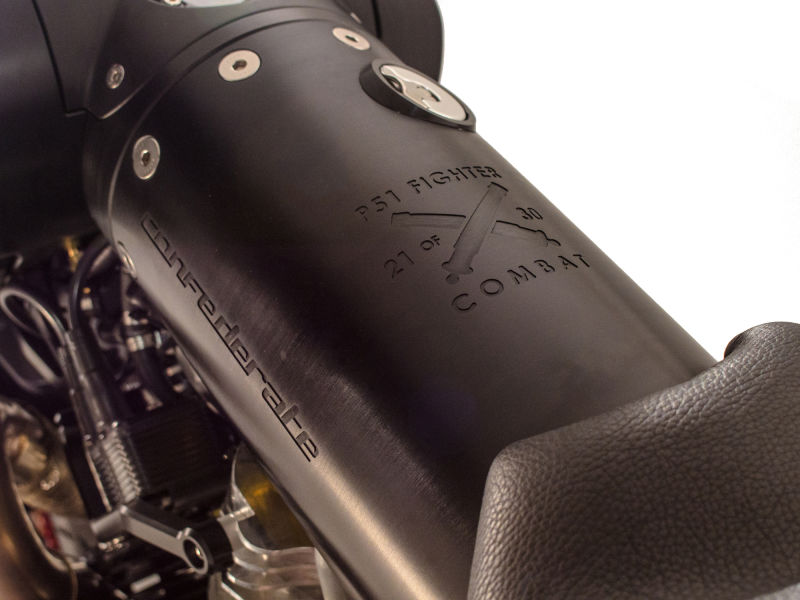
Weak Spots
This big twin throws off a ton of heat. And most of it seems to radiate directly to your knees and thighs. It’s at its most intense when you’re stopped or moving slowly in traffic. As a result, I found myself man-spreading like I was the biggest asshole in a crowded subway car. Turns out that can be pretty uncomfortable over time.
Chambers acknowledges that the Fighter doesn’t like to stand still.
“These bikes don’t like to be in traffic, so it’s not a commuting bike,” he said. “It’s a big old motor and it’s air cooled and it makes a lot of power, so it does get hot. It wants to gallop.”
Still, more heat shielding is apparently in the works.
About That Name
The “Art of Rebellion” is Confederate’s motto. Get Chambers talking about the philosophy behind it, and he brings up the ideas of everyone from French philosopher Albert Camus to American poet E. E. Cummings.
“The rebellion we’re talking about is cerebral and spiritual and inside of you,” he said. “We’re not talking about taking it to the streets, we’re talking about you getting right inside of yourself.”
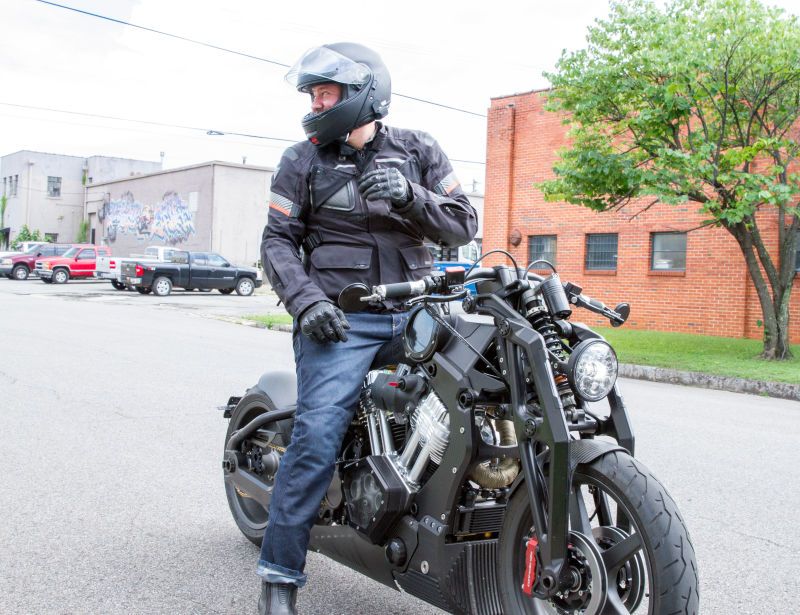
As for that rebellion’s unpleasant connotation in America today—or at least much of it—Chambers said his Confederate brand is far removed from the Stars-and-Bars-waving, “South Will Rise Again” crowd.
“For all of our Yankee friends, please don’t hold it against us,” Chambers said. “On the one hand you have principles in the South that personally for me I’m very proud of, but then you have a very unprincipled application,” he said. “I’m glad the South lost. I think they had to lose.”
That’s a big statement for just about any proud Southerner to make—even ones who, like Chambers, obviously abhor the institution of slavery.
As a niche brand that only needs to appeal to the small group of people who are able to afford high-dollar motorcycles, perhaps there’s less need to be worried that the name might be off-putting to some people based on its name alone. Or maybe that’s just part of the whole rebel attitude.
Value
The P51 Combat Fighter is Confederate’s top-of-the line bike. The raw aluminum version retails for $125,000. The black version cost a cool $10,000 more.


If you want one (there are only two blonde and five black ones left to be had in the production run) send in $30,000 to place a hold. Once it’s ready—and you pay the balance—delivery is free. So it’s got that going for it, which is nice.
Purchase price also includes a five-year warranty and factory service at 30 and 60 months after taking delivery.
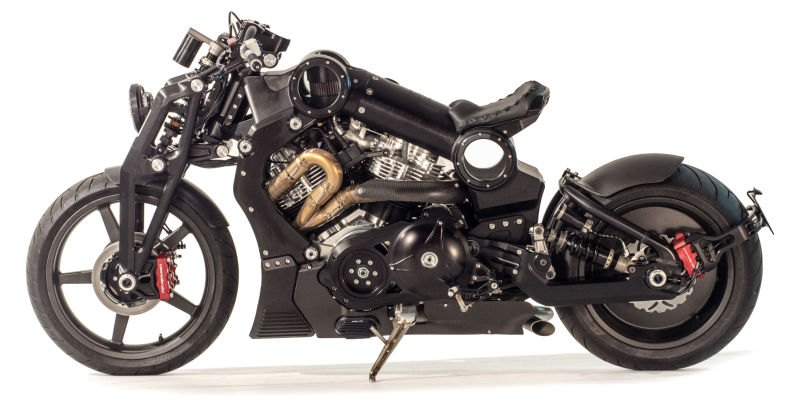
Whether or not it’s “a good deal” is tough to quantify. Of course you can go faster for less money, but the P51 offers a very specific look and feel you’re just not going to find anywhere else.
Verdict
Sure, it’s cool as hell, but would I rather have this than other exotic motorcycle on the market?
If I were dead-set on having big American twin, then the answer would be an enthusiastic yes. The Fighter looks like no other bike out there, the billet aluminum will last forever, the engine is truly powerful but the motorcycle remains maneuverable. When the motor roars to life with the push of the starter button, you can’t help but be reminded of its namesake, the World War II-era P-51 Mustang fighter plane. Awesome.
However, with this kind of money in hand I could probably also get my hands on the likes of a Ducati 1299 Superleggera ($80,000), or maybe even Honda’s MotoGP replica RC213V-S ($184,000.) As out-and-out race bikes, those aren’t really fair comparisons to the Fighter, but the go to show the caliber of bikes that can be had once you reach this sort of price point.
But in this fantasyland of having $135,000 in spare cash, I’d probably also have enough to buy those other bikes, too. So why be picky?
